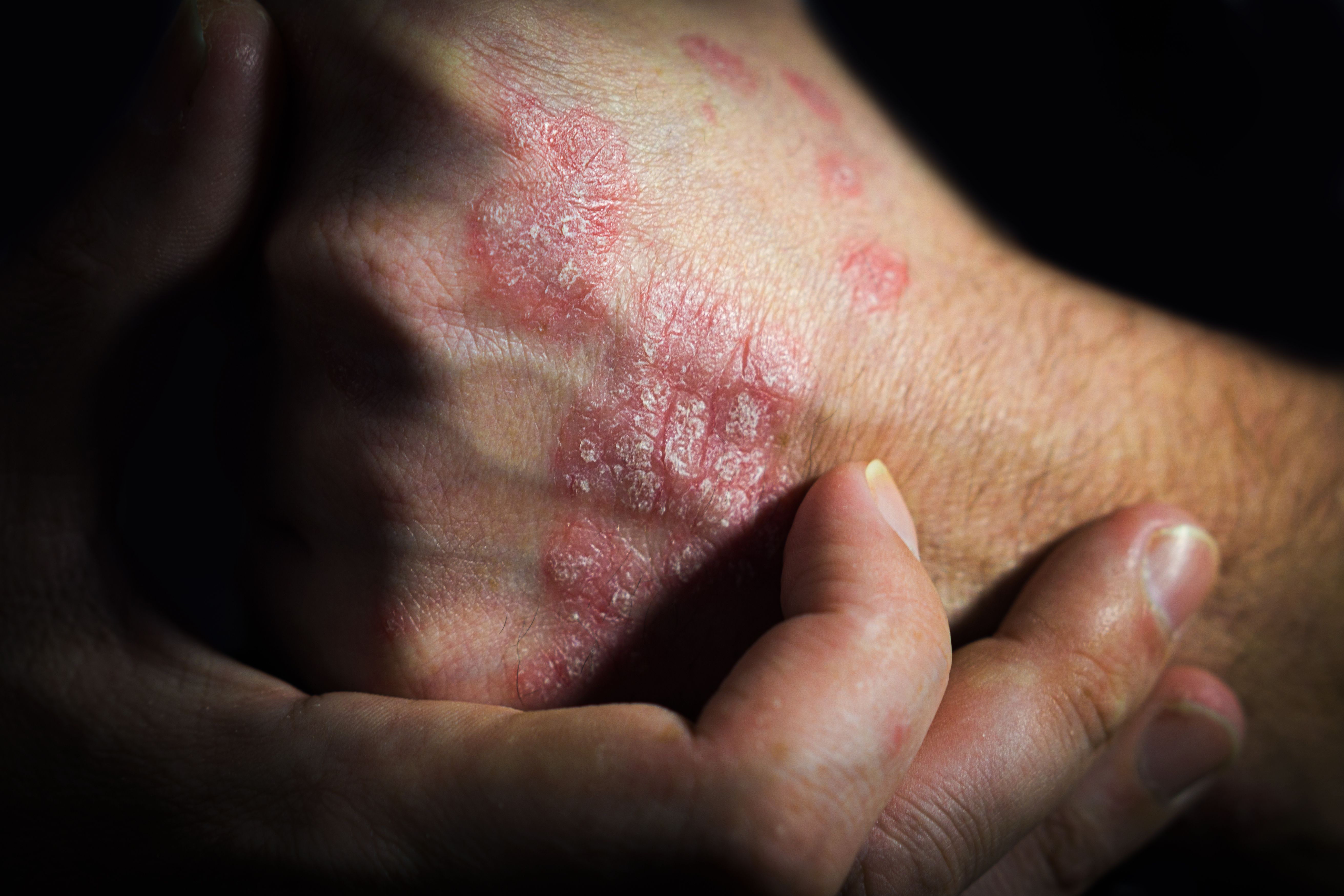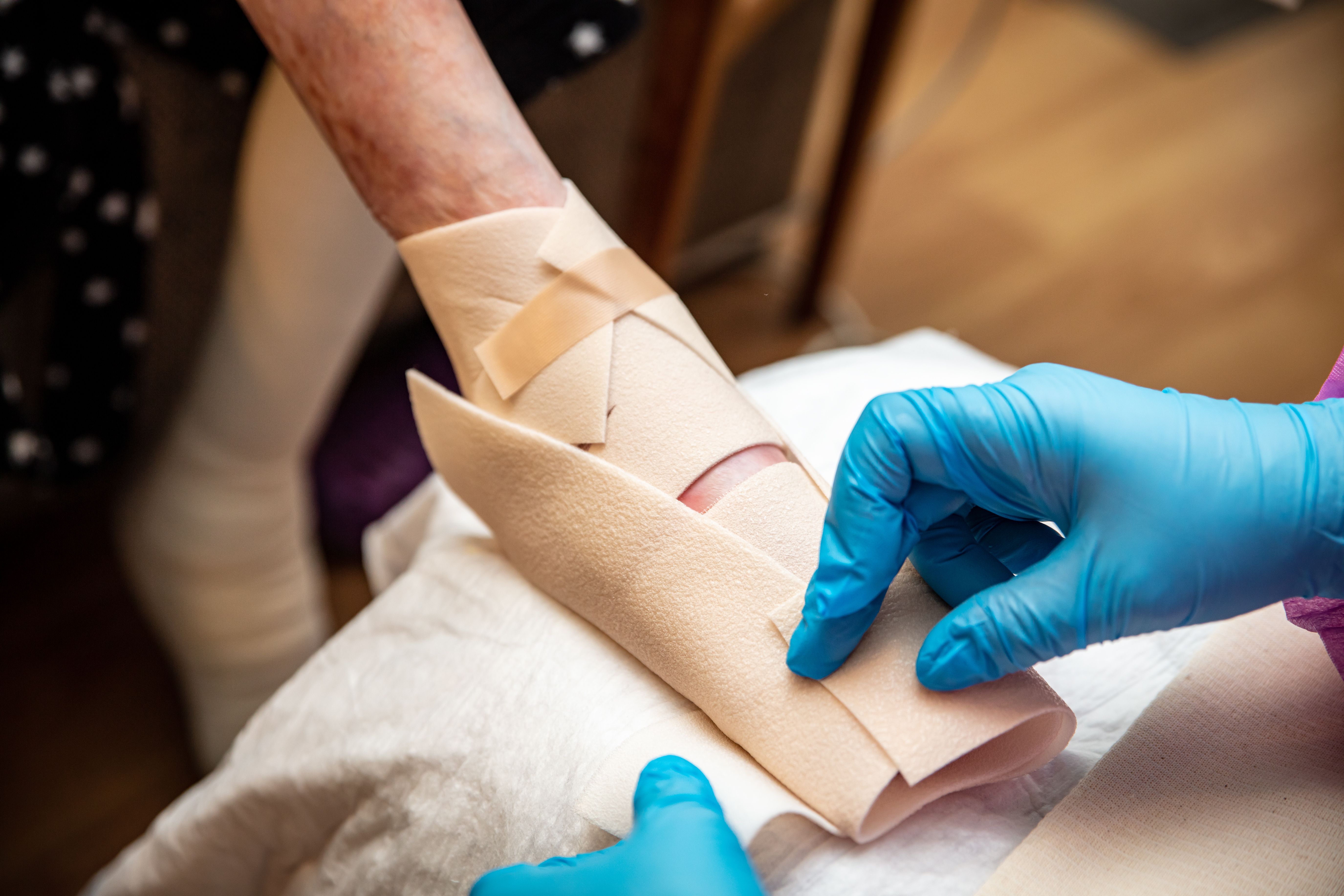- Case-Based Roundtable
- General Dermatology
- Eczema
- Chronic Hand Eczema
- Alopecia
- Aesthetics
- Vitiligo
- COVID-19
- Actinic Keratosis
- Precision Medicine and Biologics
- Rare Disease
- Wound Care
- Rosacea
- Psoriasis
- Psoriatic Arthritis
- Atopic Dermatitis
- Melasma
- NP and PA
- Skin Cancer
- Hidradenitis Suppurativa
- Drug Watch
- Pigmentary Disorders
- Acne
- Pediatric Dermatology
- Practice Management
- Prurigo Nodularis
- Buy-and-Bill
Article
Paper Reviews Studies Highlighting Multidisciplinary Approaches and Precision Medicine in AD
Author(s):
Studies show that patients with atopic dermatitis may benefit from a multidisciplinary approach.
Nearly a quarter of all children and almost 10% of adults have atopic dermatitis, a chronic and often lifelong skin condition that can cause redness, itching, and irritation.1 While it’s most common in childhood, this condition can go away for a time and reappear in adulthood, going through periods of remission and flare-up.
For a long time, atopic dermatitis has been associated with other conditions, but in more recent years it’s gained acknowledgement of its own, unique condition.
There are many triggers, causes, and manifestations of atopic dermatitis, and it can even make its debut in the later part of life—sometimes even after age 60.
Managing atopic dermatitis can be difficult, especially considering that up to 20% of people affected by atopic dermatitis have a treatment-resistant form of the condition.1
One paper recently reviewed a number of studies on the treatment-resistant forms of atopic dermatitis, and what new strategies or therapies might be useful in helping clinicians and their patients manage the condition.
The 2022 paper, Asia Pacific Allergy, reveals that the best approach to cases of atopic dermatitis that don’t respond to traditional therapies often can’t be helped with a monotherapeutic approach. Multidisciplinary treatment that includes precision medicine and shared-decision making is key, as patient engagement and compliance are important to the success of any treatment plan.1
These multifactorial approaches can include things like oral, topical, and injectable medications, but teledermatology and other digital tools can help increase patient-clinician engagement, improve medication adherence, and identify changes and triggers more quickly.
Amy Paller, MD, chair of the department of dermatology and director of the Skin Biology and Disease Resource-Based Center at Northwestern Medicine, says there is little new data presented in the paper, but it does highlight many of the key points brought up in several other research studies over the years. This includes a study Paller co-authored in 2021 on a number of novel, targeted topical and systemic treatments for atopic dermatitis.2
While there are other studies that may be more effective at outlining novel therapies for precision management of atopic dermatitis, Paller says the paper is spot-on when it comes to telemedicine, which she says “can be useful for follow-up in patients who respond well, since we really cannot see skin lesions well directly in telemedicine and need good photographs.”
As mentioned in the paper, advances in telemedicine, specifically, teledermatology, allow patients and clinicians to share information and images quickly and more easily, helping to improve follow-up care, patient engagement, and adherence to treatment and care plans. Paller says there is valid information about a number of other novel therapies in the paper, including medications like:1
- Ruxolitinib
- Tofacitinib
- Delgocitinib
- Abrocitinib
- Baricitinib
- Upadacitinib
- Lebrikizumab
- Nemolizumab
- Omalizumab
- Risankizumab
- Tralokinumab
- Ustekinumab
However, Paller says much more in-depth research on these treatments is available in dozens of other papers, specifically in allergy-specific journals.
References:
1. Naik PP. Treatment-resistant atopic dermatitis: novel therapeutics, digital tools, and precision medicine. Asia Pacific Allergy. April 2022;12(2):e20. doi: 10.5415/apallergy.2022.12.e20.
https://apallergy.org/DOIx.php?id=10.5415/apallergy.2022.12.e20
2. Puar N, Chovatiya R, Paller AS. New treatments in atopic dermatitis. Annals of Allergy, Asthma, & Immunology. January 2021;126(1):21-31. doi:10.1016/j.anai.2020.08.016.
https://linkinghub.elsevier.com/retrieve/pii/S108112062030572X






